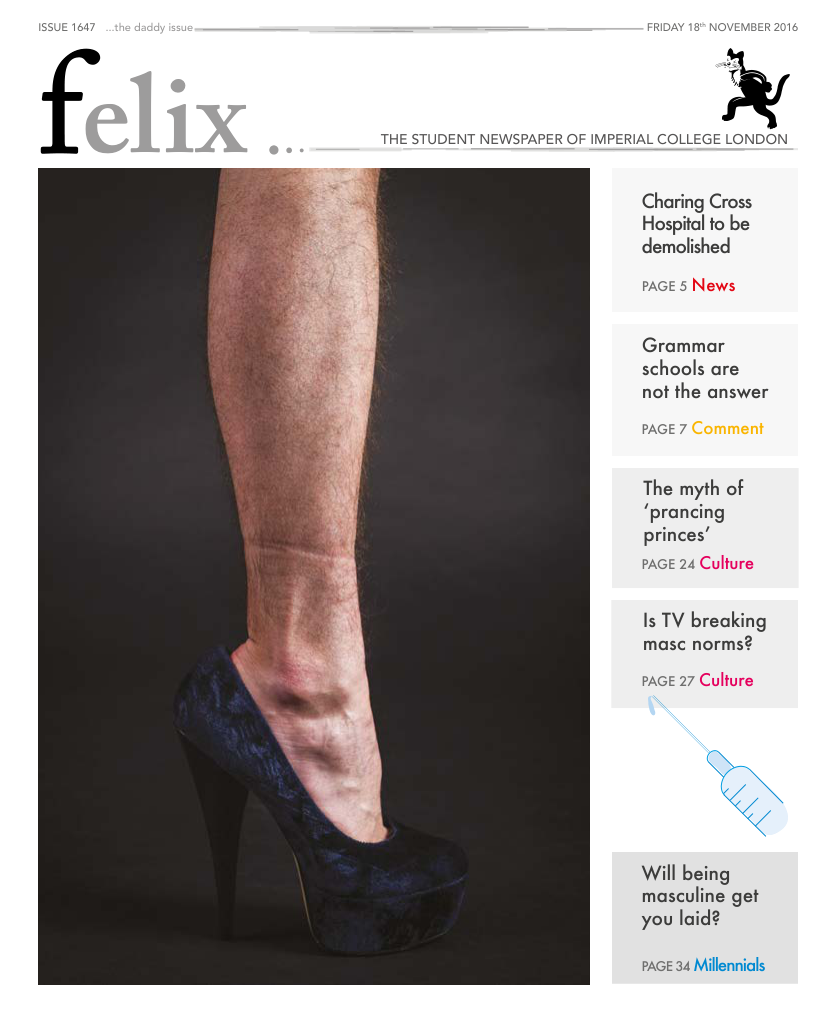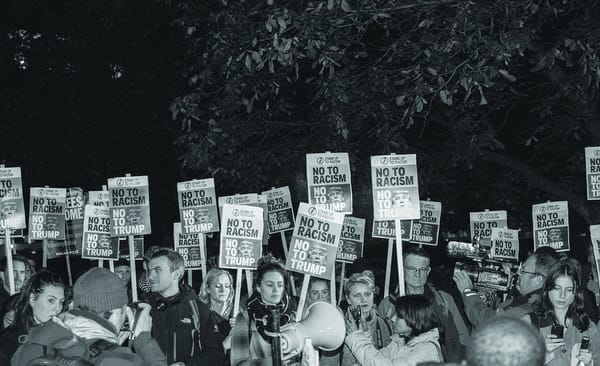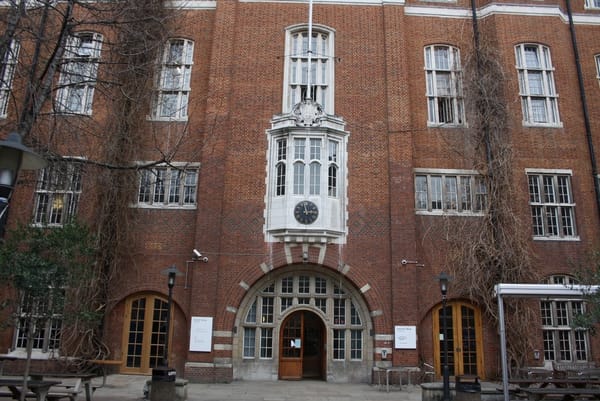Save Charing Cross Hospital
Plans for its demolition are to be put to the public

Plans to demolish Charing Cross hospital have ramped up in the past week, with a public meeting being held on November 29th a pivotal moment in the future of healthcare provision in North West London. The meeting, to be held by Hammersmith & Fulham Council is likely to be key in gauging public support for keeping the hospital open.
To understand just how important this issue is to residents, one only has to explore the local picture. In 2014, control of H&F Council changed hands, largely as a result of debate over the future of Charing Cross. Walking through the borough, “Save Our Hospitals – no votes here for candidates that don’t listen” posters adorn windows. Even local celebrities, such as Bill Bailey, are coming on board the campaign. The Save Our Hospitals group, previously scoffed at by politicians, is now regularly attending Imperial College Trust board meetings and scrutinising the decisions they make; forcing concessions on a range of issues and bringing the debate into the public eye.
The plans they oppose come as part of the North West London Sustainability and Transformation Plan (STP) – inspired by the Five Year Forward Review for the NHS – which places a greater emphasis on the need for increased primary care provision, better IT facilities, and education to enhance general public health.
However, campaigners contend that this shift is at the expense of acute care, and could be seen merely as a cost-cutting exercise. A key part of the STP will see Ealing Hospital close in the next few years, with Charing Cross to potentially follow in 2021. If Charing Cross survives, current plans include a severe downgrade of its in-patient capacity, with at least 500 beds being lost, and the A&E being replaced with a depleted Acute Care Unit. The funding application for the project has an aim to demolish and rebuild as a local hospital – but with ongoing resistance to calls for the Business Plan to be published, mystery surrounds exactly what a “local hospital” is and just how extensive the demolition process will be.
Whilst the government states this is part of a wider goal to equalise health outcomes for people in different communities, campaigners contend that the issues run much deeper. Sir Richard Sykes (Chairman of Imperial College Healthcare Trust) was caught on camera before this year’s Trust AGM saying “the issue is funding” and that “there isn’t the capacity” to close the A&E at Charing Cross. It’s easy to understand the hesitance from the Save Our Hospitals group towards the proposals.

The plan is touted to save £1.3 billion between now and 2021, forming a vital part of the government’s plan to find £22 billion worth of efficiency savings in the NHS budget. But with evidence of acute demand at Charing Cross increasing, is now the time to be downgrading the hospital to meet funding targets? For Michael Mansfield QC, commissioned by Hammersmith & Fulham Council to independently scrutinise the plan, it is not – he finds that these “deeply flawed hospital plans must be halted immediately” and that the plan “seriously underestimated the increasing size of the population in NW London and fails to address the increasing need for services.” Now students are beginning to listen. ICSM BMA Society will be taking a group of students to the public meeting on 29th November. Charing Cross Hospital forms the hub of our medical school – and the decision to temporarily delay demolition plans only came about as a result of strong public opposition. Now that concessions are being made, this is the time to continue to apply pressure. But with the entire nature of healthcare in North West London certain to change under these proposals, this is a cause all Imperial students – not just medics – need to rally behind. *For more information on the public meeting and how to get involved, visit www.lbhf..gov.uk/hot-topics/save-charing-cross-hospital or email the writer at SN1514 @ic.ac.uk









